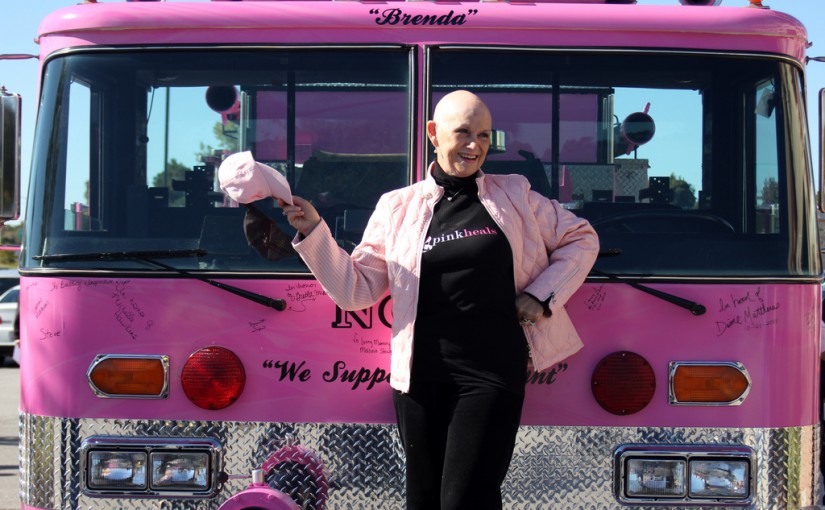Tag: Awareness
-

How Does ASD Affect Mood and Anxiety?
Autistic people are often anxious. If you have ever been around an autistic person when they are overloaded, you will know that the overload brings anxiety with it as the autistic person cannot cope with something going on in their environment that they are expected to process. If you are the parent or caregiver of…
-

Do Spectrum Children Feel Emotion Like Everyone Else?
There are many stereotypes surrounding autism. One of the most insidious is that autistic people do not feel emotions. Many people see the autistic person as overly logical and even slightly robotic, and like the Dustin Hoffman character in the movie Rain Man, these people view them as an impenetrable collection of tics. As any…
-

Supporting a Loved One Through Breast Cancer
When you have a loved one who is diagnosed with breast cancer, it is often hard to know how to help. You may feel lost, hurt, angry or fearful while feeling you have to keep it together for them because they are going through so much. Knowing what to say can also be hard, as…
-

What is Sensory Processing Disorder?
Sensory processing disorder (SPD), previously called sensory integration dysfunction, is a condition in which a person’s brain has trouble taking in and responding to information gathered through the senses. Individuals with SPD may be overly sensitive to one or several of the senses, such as sound or touch. Others may be under-responsive to one or…
-

Breast Cancer Walks
There are many different ways to help raise funds and awareness for the fight against breast cancer. From Tough Mudders to marathons to bungee jumps, there’s an activity to suit every taste. And you don’t have to be a fitness adventurer to find an incredible fundraising experience. For those of us who aren’t fitness adventurers,…
-

How To Hold Onto Your Current Supporters
Only 43 percent of donors who gave to organizations in 2009 donated again to the same donations in 2010, according to a study by Urban Institute. And yet, most of those donors did make financial gifts again in 2010—just not to the same organizations. For an organization looking to maintain and grow its [donations], retaining…
-

Finding a Good Wig
Why Wear a Wig? For many chemotherapy patients, wigs are a lifesaver. Many women who have experienced breast cancer or any other type of cancer which required aggressive chemotherapy, know the trauma of losing a major part of your body – head hair, body hair, eyebrows and eyelashes. For these brave women, a beautiful wig…